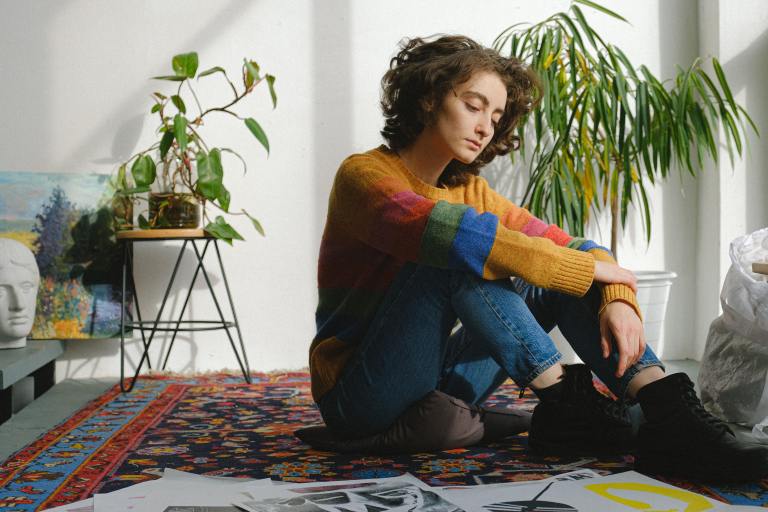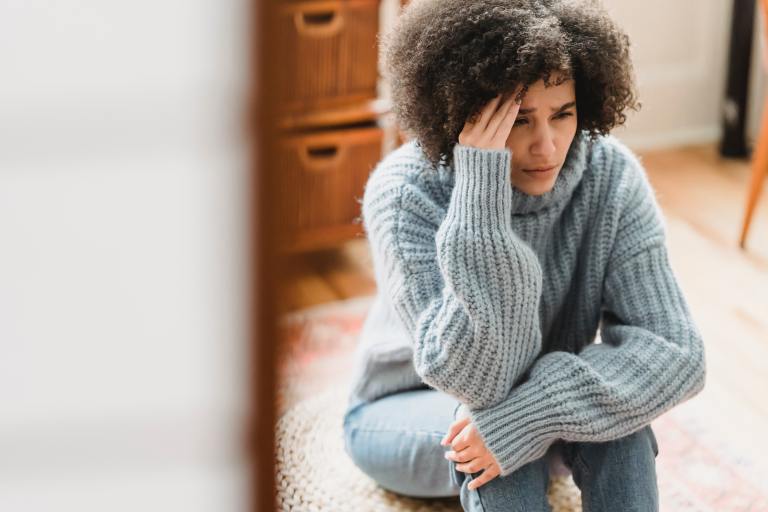A Story About Learning To Be Soft
“You’re just too sensitive.”
“Don’t take it so personally.”
“You have to toughen up.”
I spent my entire childhood as the object of statements like this. I was a highly sensitive child before “highly sensitive” was a commonly understood concept. The people who made these comments didn’t mean them as criticism; they thought they were helping. They thought they were teaching an overly sensitive child that the world is a hard place and that someone so soft would never survive it. The adults around me were preparing me for a life where heartbreak was avoidable as long as I knew how to be tough, how to be hard. They were passing down what they learned from their parents and from their own experience: softness has no place in our world.
I took that lesson to heart.
I learned to temper my reactions and expressions. I learned to keep quiet and have the good sense to hide how much I cared. I learned to lock down the things that made me soft. The compassion and empathy that made my heart bleed were buried beneath a tough exterior that I thought was protecting me.
If I built a heart of stone, then it could never be broken, right?
I learned that emotions that come across too strong make people uncomfortable. I learned to diminish what I felt to ease others’ discomfort and anxiety. I learned that caring too much, showing too much, made people leave.
What I didn’t learn was that burying those things didn’t make them disappear; it didn’t magically cure me of this disease we call softness. The only thing that presenting a tough exterior accomplished was stunting my emotional growth and alienating people I cared about.
All of those things that were an essential part of me still existed, and trying to suppress them bore a deep sense of guilt and anxiety over feeling things that I thought I shouldn’t feel.
I thought this was normal. I thought it was how everyone functioned.
Then I moved away from home for college. I was fortunate enough to find friends who embraced me and encouraged me to be entirely myself. That wasn’t an easy task because I spent so long convincing myself and others that I was unaffected that I didn’t know how to show what I really felt. I didn’t know how to allow myself to be vulnerable, even with people who proved time and time again that I was safe with them.
In the same way that I learned to bury all of the things that made me soft, I now had to learn how, when, and with whom I could let that softness resurface.
As children, vulnerability is natural and easy. Humans are born with the desire to connect. Without vulnerability, there is no connection, and connection is at the core of being soft. As we grow up, we develop defense mechanisms based on traumas, minor or major, that we experience. We learn how to behave based on how our behavior is greeted. If soft behavior is greeted with disdain, or if it’s taken advantage of, then we learn that it is unacceptable behavior. If soft behavior is greeted with acceptance and gratitude, then we learn that it is a desirable behavior.
When I first embarked on this journey of finding my way back to being soft, I didn’t understand why qualities like vulnerability, compassion, and empathy seemed so easy for some of my friends. How were they able to draw people in, to have healthy and lasting relationships, to trust that their softness was safe with the people around them? What was wrong with me that I couldn’t do these things?
I didn’t understand that there was nothing wrong with me—I was simply a product of my upbringing, and one of the beautiful things about growing up is that we have the ability to choose who and how we want to be.
It took years of developing emotional intelligence and really examining the core of who I was before I understood that it was completely within my control to change my story. If I was tired of feeling disconnected from the people I wanted to be close with, then all I needed to do was let them see my softness.
It was my responsibility to undo the childhood damage of well-meaning adults.
Once I came to that realization and actually started acting on it, my whole world changed. The friends who were by my side from the beginning began to notice and appreciate the softness I showed. They encouraged it by reciprocating. I found that I was able to care more deeply for romantic partners, and I was able to show how much I cared. I was (and still am) terrified of the pain that comes with caring so much, but after years on this road, I had an epiphany.
Even when I buried the softness, it was still there—I still cared. My unwillingness to confront the depth of emotion is what crippled me.
I still battle daily with the urge to encase myself once more in the protective shell that I relied on for so much of my life. Sometimes that urge wins. Sometimes I bury my softness, then I have to go back and attempt to repair the damage that decision caused to my relationships.
It’s not an easy road, and it’s not one where the work ends once you reach the destination. There is no final product. It’s an ongoing process where I have to consciously choose vulnerability and softness even when I’m afraid, because the alternative is loneliness and isolation. The alternative is never having more than shallow connections with people I crave closeness with. The alternative is not letting people know that they are valued and cared for.
And without those things, life is meaningless.





